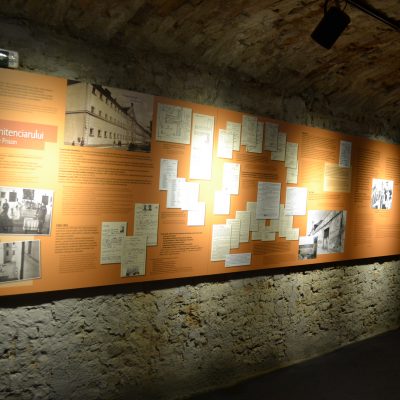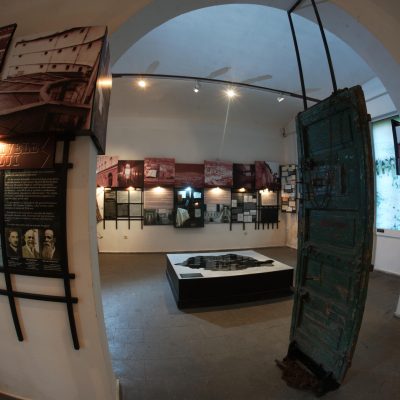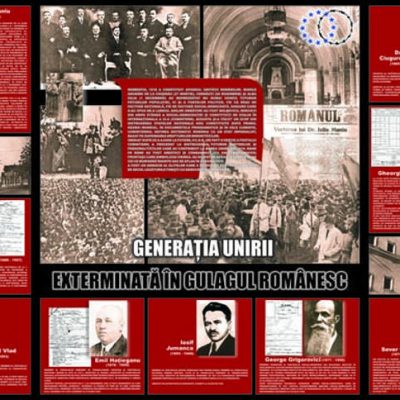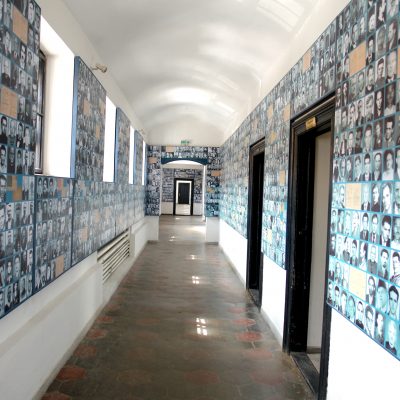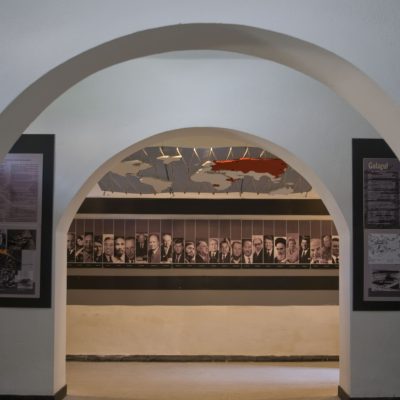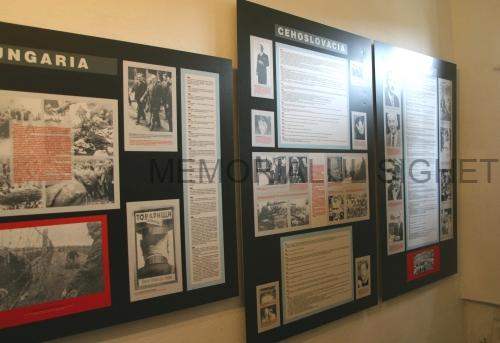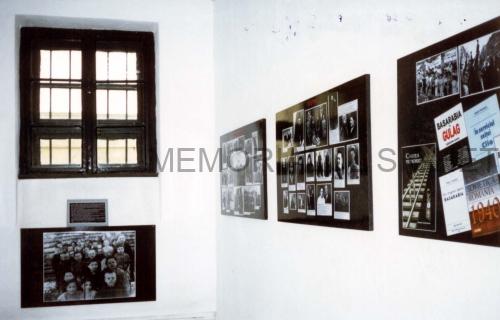The strategy for destroying Romania’s Christian churches differed from case to case. The aim was the same, however: to root out religious faith and instil dialecticalmaterialist atheism.
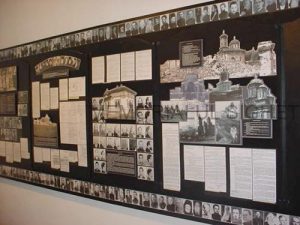
In the case of Romanian Orthodox Church, the majority denomination, with the status of national church, decapitation was employed: some leading hierarchs were replaced (“demoted”), some of them dying in suspicious circumstances, others were
arrested and placed under “forced domicile” in monasteries. Their replacements were chosen based on criteria of obedience to the regime. In regards to ordinary priests, it is estimated that over a period of several years around two thousand were arrested. In 1959, the Securitate and the State Religions Department reduced the number of monasteries and monks by two thirds, against the wishes of the Patriarch, on the grounds that monastic establishments were harbouring partisans from the mountains and reactionary elements. Some monasteries (for example Vladimireşti) were evacuated by the armed forces. Also during 1959-1960 hundreds of priests were arrested on the grounds that they spread mysticism, preached against dialectical materialism or opposed the socialist system. Discussion groups were outlawed and political trials were staged to discourage them. One example was the Burning Pyre, a group that met at Antim Monastery in the 1940s and pursued spiritual resistance.
The main accused, Abbot Daniel, died in prison. An Orthodox lay group, the Army of God, was broken up and its leaders were arrested.
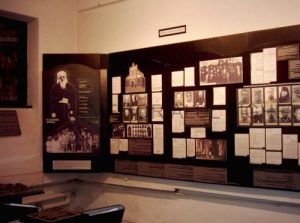
The Graeco-Catholic (Uniat) Church, the second largest national church, with one and a half million members, was banned in October 1948. A small number of priests agreed to sign a declaration of conversion to Orthodoxy. Many bishops and priests
who refused were arrested, sentenced to forced domicile in Orthodox monasteries, and finally brought to Sighet. The Church continued to function clandestinely, and in the place of the arrested prelates, others were named in pettore, who in their turn were arrested one by one. Vasile Aftenie was the first bishop to die during imprisonment (in 1950, while under interrogation at the Ministry of the Interior). Ioan Suciu, Traian Frenţiu and Tit-Liviu Chinezu died at Sighet. Bishop Iuliu Hossu, who in 1918 had read the proclamation of the Union of the Romanian Principalities at the Grand National Assembly in Alba Iulia, died in 1970.
The Roman-Catholic Church was tolerated during the communist period but not officially recognised, as the Romanian government had unilaterally repudiated the Concordat with the Vatican. Since it had “connections with foreign countries” (highly discreditable from the communist point of view) it was considered an “imperialist hotbed”, a “nest of spies and traitors” etc. A series of political trials resulted in the penal conviction or expulsion of the staff of the Apostolic Nunciature in Bucharest. As in the case of the other churches, the Catholic churches were eliminated and taken over by the state, and “reactionary” priests were arrested and given long prison terms. Many died in captivity. A special, evocative panel is dedicated to the harrowing case of Monsignor Vladimir Ghika.
Protestant and Evangelical churches was also placed under strict surveillance and persecuted on the grounds that they were supposedly “organised from abroad”. The communists could not tolerate any activity, including religious, over which they not exert complete control.
In the communist prisons, clergy of all denominations continued their mission, overcoming both confessional barriers and the obstinacy of their gaolers. Oral accounts reveal many examples of genuine ecumenical fraternity. One case study is dedicated to pastor Richard Wurmbrand, who devoted himself to missionary activity in the years after his conversion to Christianity.


